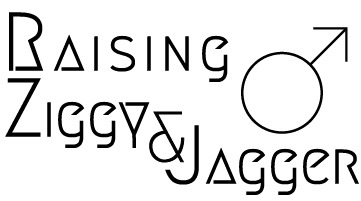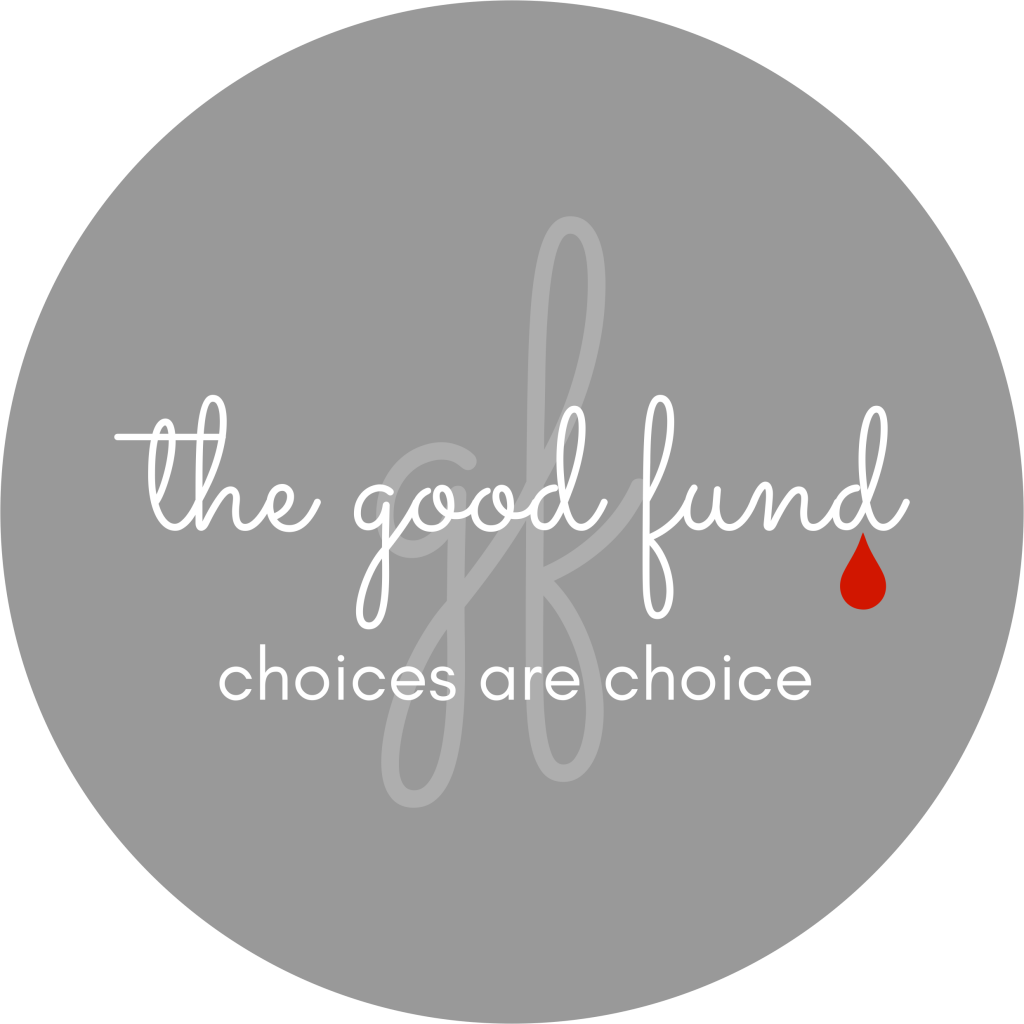Often, in the clinical environment surrounding birth, little significance is attached to the placenta and the moment the cord is cut. Usually performed quickly by the medical team, cutting the cord is a means to an end. Then the placenta, membranes and cord are treated as ‘medical waste’ and, unless prior arrangements have been made, disposed of with no ceremony at all.
Here in New Zealand, we do things a little differently. In our Māori culture, the placenta represents a baby’s spiritual connection to both their birth, and their place of belonging. The translation of placenta is ‘whenua‘, which also translates to ‘land’, and Māori believe that people and land are inextricably linked. It is tradition to bury the placenta, forever connecting a baby to their ancestral land.

Delayed cord clamping. Allowing every last drop of blood to pulse from the placenta to the baby.
For AJ and I, birth is more than a means to an end. It is a celebration. A moment to cherish, and to remember. For the birth of both our children, we wanted to be as hands on as possible. To birth with as little intervention as we could. And both times we were blessed with midwives who trusted us and honoured our wishes.
Ziggy was born in the water, into my waiting hands. It is a moment I will never forget, and it was made the more special having AJ there watching and supporting me every step of the way. When we found our we were expecting our second child, there was little in our birth plan we wished to change. Apart from the location. For while Ziggy was born at our local birth centre, this time we wished to give birth at home.
As it turned out, that was not the only change.
During our second pregnancy, I won a competition run by Aotearoa Gemstones, for a pounamu cord tie. Made from braided cotton with a piece of pounamu at the end, this cord tie was an alternative clamp to the standard plastic peg provided by hospitals and birth centres.

Ziggy: The standard plastic clamp.

Jagger: A pounamu cord-tie.
For AJ and I, the idea that the first thing our baby would ‘wear’ after birth not be a bit of plastic, but instead natural fibre and pounamu, resonated with our style of living. We didn’t want another throw-away bit of plastic that ended up in landfill, with rubbish and nappies and household scraps.
And so began our journey to making this precious part of the birth process a bit more personal.
We decided to create our own ‘cord cutting set’. Something special. Something that has meaning to us. Something we could pass on to our children, perhaps creating a family tradition of our own.
We had the pounamu cord tie. We needed a cutting tool, and we needed a ‘chopping board’ to cut the cord on.

Still attached and enjoying his first feed.
Nearing the end of our pregnancy, we headed to the Coromandel for our ‘babymoon’. A time to enjoy our family of three before we became four. The Coromandel was somewhere we went while pregnant with Ziggy, and it was nice to revist it pregnant with our second child. In a little place called Tairua, we stopped at a crystal shop. Right down the end was the New Zealand stone section, and it was there we found a stunning oval of New Zealand Jasper. We had our chopping stone.
Now all we needed was something to cut with.
Usually a baby’s cord is cut with medical scissors provided by the hospital or midwife. But, as we started researching options, we found all sorts of ways to sever the cord. From biting, to burning, to lotus birth, where the placenta is left attached until the cord falls away on its own.

At Ziggys birth. AJ cut the cord with long handled scissors.
We found some of these options fascinating, but they didn’t quite work with our birth plans. Fire and exhaustion are not the best companions, and as we intended to encapsulate the placenta, lotus birth was out too. And while AJ wasn’t adverse to the idea of biting through the cord, he had a better plan.
He decided to make a cutting implement of our own.
AJs interest in knives stemmed from a childhood growing up in rural New Zealand, where knives had many uses. It was fueled in later years by books where the bread is dark and the cheese so hard you carve chunks off with a hand-forged blade, he started dabbling in blacksmithing a few years ago. Nothing high tech, just a small set up in the garage making kitchen knives, utility knives and practicing his craft.
The first umbilical knife he made was a small slim blade, based on a Japanese Kaiken. But it didn’t speak to us and the meaning behind the knife was a little too macabre for birth. The second knife he made, was based on a design called a ‘neck knife’. Not because you use it to cut necks (bloody hell, that would not be the meaning we are going for would it), but because it is small enough to wear around your neck in a pouch.
It was perfect. Our set was complete.

Forged, heat treated and polished right here in our garage.

Our umbilical cord cutting set. AJ even made the wooden box.
Jagger was born on a Thursday at 1:41am. For two hours he remained connected to me, his placenta high in my body as we sat there in the vernix speckled water. He entered this world grey and screaming, but it took only minutes for the grey to give way to the brightest of pinks, as the last of his precious blood pumped from his whenua into his body.
Eventually, exhausted but high on love, we left the birth pool, and moved the small distance to our waiting couch. Jagger stayed connected for his first feed, and we soaked him in as our midwife examined what had so recently been his home inside my body.

Post-birth placenta check.
The actual tying and cutting of the cord was a very easy process. AJ tied on the cord-tie with a simple knot, wrapping it around and around until only a small length was left, and knotting it again. Then, with helping hands holding the cord firm on the jasper, he cut through quickly and easily.

As Claire and I look on, AJ ties the cord.

A simple knot, then the cotton was wrapped around the cord a few times before being knotted again.

Then the cord is cut.

And our son is finally in his new world.
It took four days for Jagger’s cord stump to break away from his body. And when it did, I placed everything but the bit of pounamu in the container in the freezer with his membranes and cord. The small pounamu stone we will keep, safe in the box with the jasper and the knife. Maybe when he is older he will wear it as a bracelet, or as the clasp on a necklace, I don’t know, but it’s there if he wants it.

Jagger James
One day, hopefully soon, we will take the container out of the freezer and head up to Northland. Where our family is, where we were both born and raised. There, along with Ziggy’s membrane and cord, we will bury them in a special grove in the bush on AJ’s family land, where the whenua of all their cousins are also buried, connecting our boys to the land of their ancestors.
With special thanks to Cassie from Capturing Life Birth Photography for the beautiful images used throughout.
If you are interested in your own umbilical cord cutting set we have a small number available for sale featuring a hand forged knife, Pohutakawa chopping square and a pounamu or other New Zealand precious stone cord tie. Message AJ via his Facebook page.
We had a birth photographer present for at the birth of both our children. Here you can view the birth of Jagger and the birth of Ziggy.
If you enjoyed this post, join us on Facebook and Instagram.

















Recent Comments